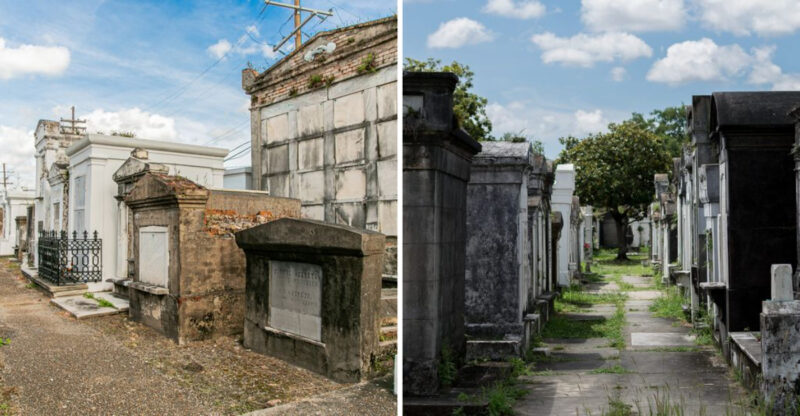Virginia’s Most Unique Tunnel Comes With A Fascinating History

Darkness stretches ahead, cool and still, broken only by the faint echo of footsteps moving through stone shaped long before modern machines existed. A sense of awe settles in as the mountain reveals a hidden corridor carved by sheer human grit and determination.
The Blue Ridge Tunnel – known to many as the Crozet Tunnel – turns a simple walk into an encounter with history, its granite walls holding stories of innovation, hardship, and triumph.
Each step brings visitors deeper into a landmark that once pushed the boundaries of engineering and still inspires wonder beneath Virginia’s ridges.
America’s Longest Tunnel Of Its Era
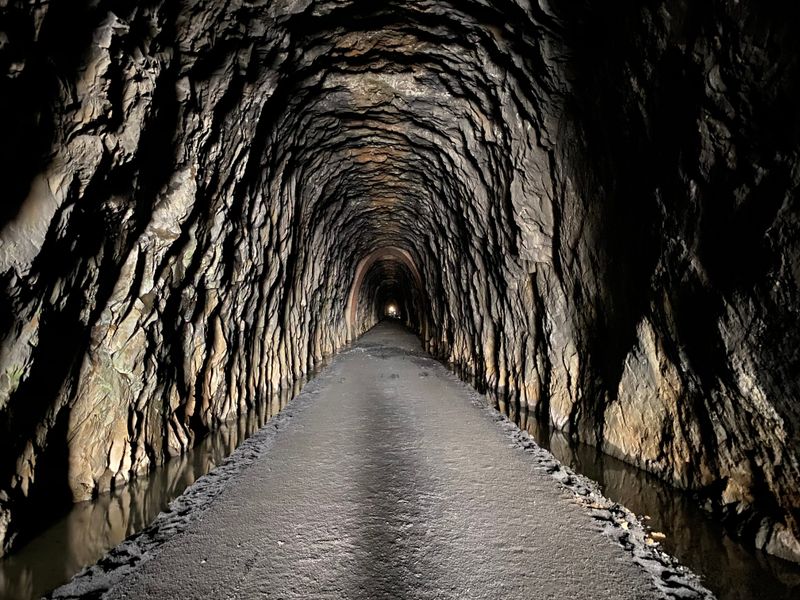
Spanning 4,273 feet – nearly a full mile – this passage held the title of America’s longest tunnel when it opened in 1858. Workers carved through solid granite using only hand tools and black powder explosives.
The sheer scale of this project was unprecedented for its time. Few believed it could actually be completed given the technology available in the mid-1800s.
A French Engineer’s Vision
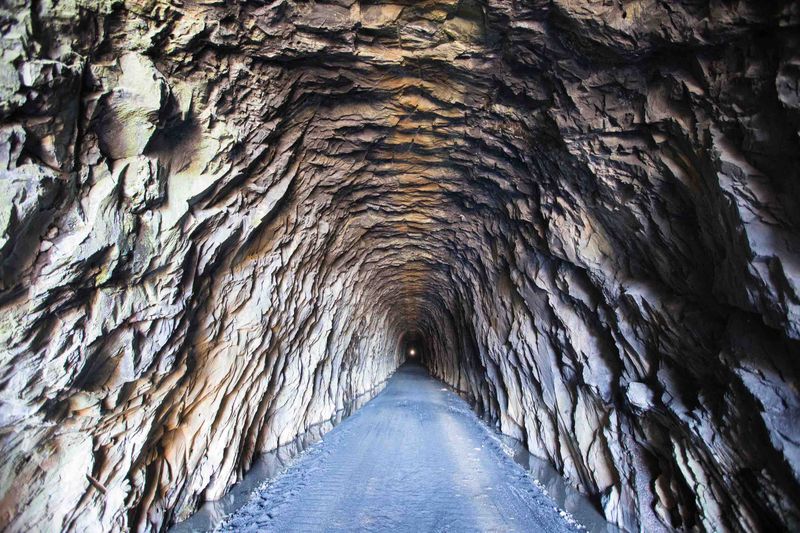
Claudius Crozet, a French-born engineer who trained at the prestigious École Polytechnique in Paris, designed this ambitious tunnel. He served as Virginia’s chief engineer and later helped establish the Virginia Military Institute.
Crozet brought European engineering expertise to American soil. His vision transformed how railroads could traverse mountainous terrain across the growing nation.
Built By Immigrants

Irish immigrants and African Americans formed the labor force that carved this tunnel by hand. They worked in dangerous conditions, drilling holes for black powder charges and hauling away tons of granite.
Many workers lost their lives during construction. Their contributions created a landmark that would serve Virginia for generations to come.
Precision That Defied The Odds
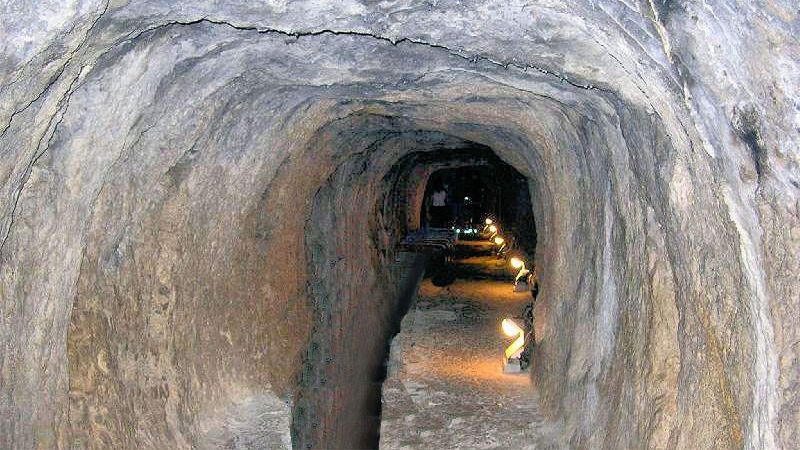
Two separate crews began digging from opposite ends of the mountain, working toward each other through solid rock. When they finally met in the middle, their alignment was off by only half an inch.
This remarkable accuracy was achieved without modern surveying technology. Crozet’s mathematical calculations and engineering precision made this near-perfect meeting possible.
Stonewall Jackson’s Strategic Route
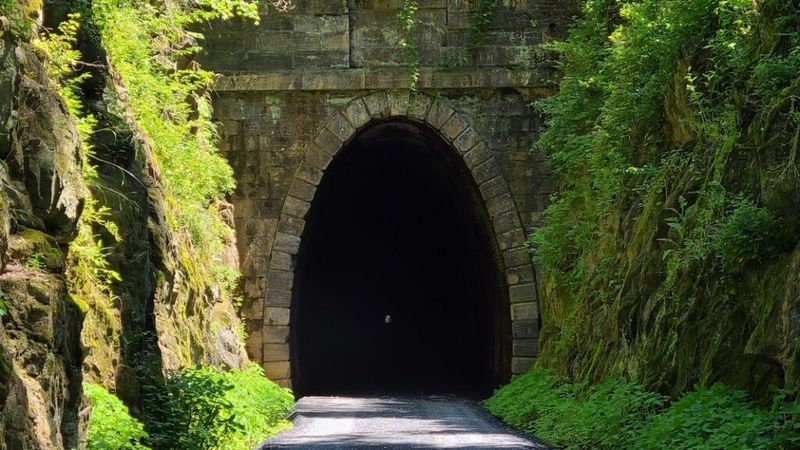
Confederate General Thomas “Stonewall” Jackson recognized the tunnel’s military value during the American Civil War. He moved troops through this passage so quickly that his soldiers earned the nickname “foot cavalry.”
The tunnel provided a crucial transportation link through the mountains. Control of this route meant faster troop movements and strategic advantages throughout the Shenandoah Valley campaigns.
A Wartime Replacement
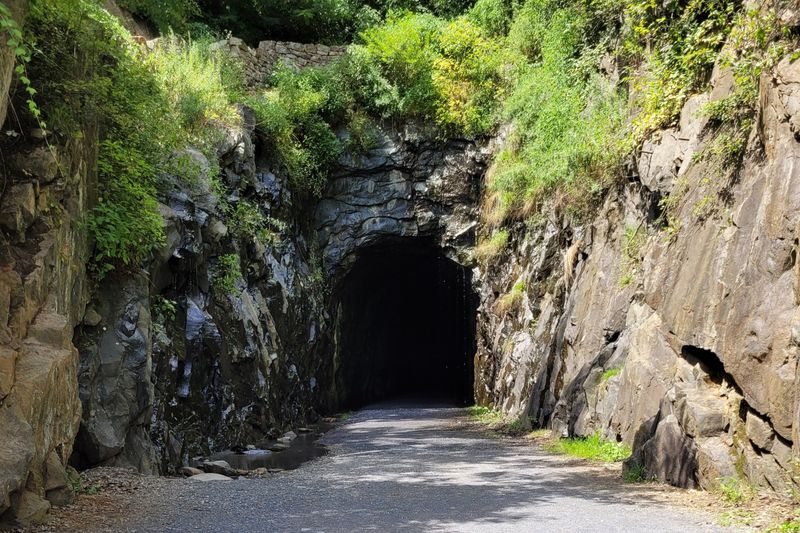
By 1944, increased rail traffic during World War II demanded a larger passage. A new tunnel was constructed to replace the original, allowing bigger trains and more frequent service to support the war effort.
The original tunnel was then sealed and abandoned. It would remain closed to the public for more than seven decades before restoration efforts began.
National Engineering Landmark Status
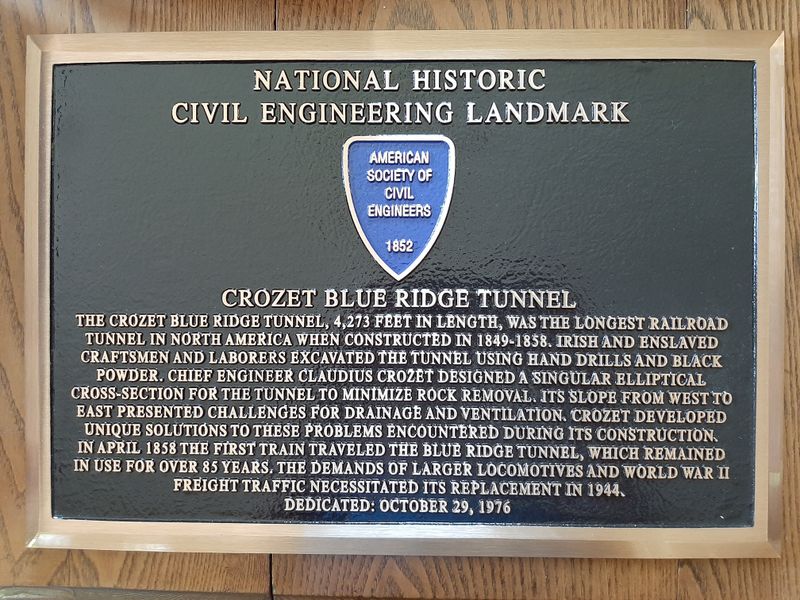
The American Society of Civil Engineers designated the Blue Ridge Tunnel as a National Historic Civil Engineering Landmark in 1976. This recognition honors the tunnel’s significance in American railroad history and engineering innovation.
Few structures from the 1850s receive this prestigious designation. The tunnel stands alongside other iconic American engineering achievements from the 19th century.
Reopened For Recreation
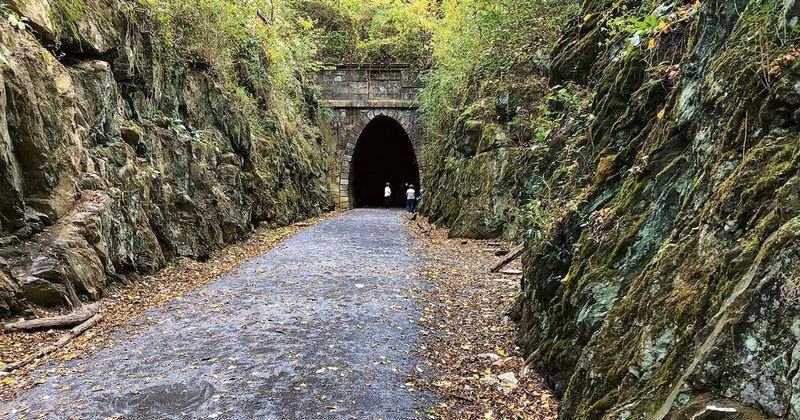
After years of restoration work, the tunnel welcomed visitors again in 2020 as part of a 2.25-mile recreational trail. Hikers and cyclists can now experience this historic passage firsthand, but need to bring their own lighting for safe passage.
The restoration preserved the tunnel’s historic character while making it accessible. Visitors walk the same path that trains once traveled through the mountain’s heart.
Gateway To Outdoor Adventures
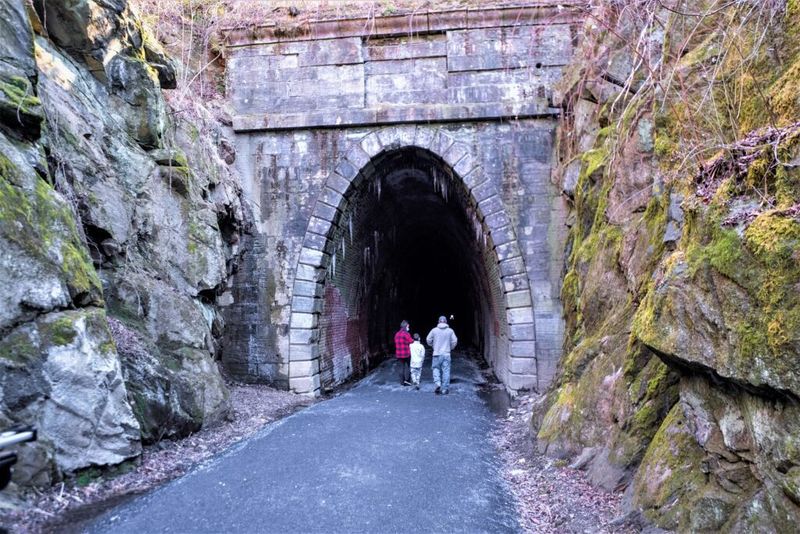
The tunnel sits at a remarkable crossroads where Skyline Drive, the Blue Ridge Parkway, the Appalachian Trail, and U.S. Bicycle Route 76 all converge. This location makes it a natural hub for outdoor enthusiasts exploring the region.
Visitors can combine a tunnel walk with other mountain activities. The surrounding area offers countless opportunities for hiking, cycling, and scenic drives.
Semi-Elliptical Design

Engineers shaped the tunnel with a semi-elliptical profile measuring 16 feet wide and 20 feet high. Most of the walls and ceiling feature exposed rock, revealing the natural granite that workers painstakingly carved away.
This arched design provided structural stability without extensive reinforcement. The shape has helped the tunnel withstand more than 160 years of weathering and geological shifts.
Commemorative Historical Marker
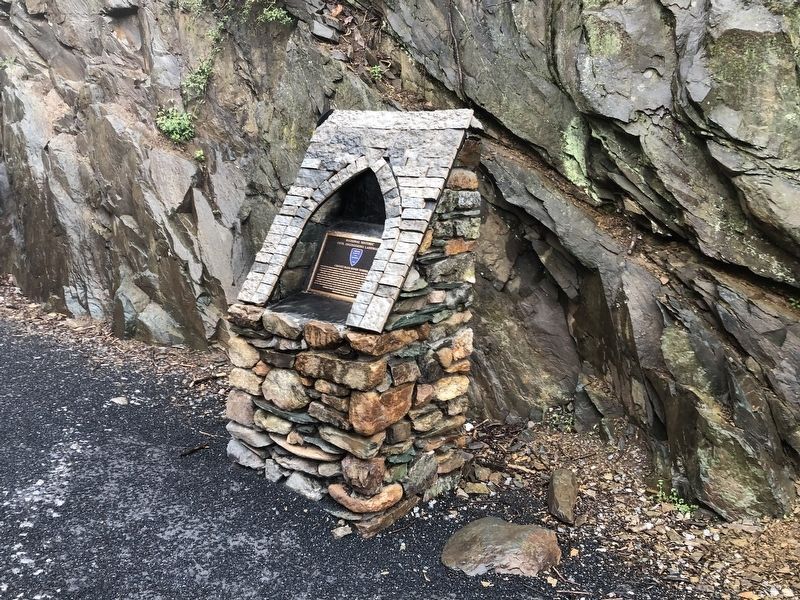
Virginia dedicated a state historical marker at the tunnel’s eastern entrance in May 2023. The marker tells the story of the tunnel’s construction, the workers who built it, and its importance to Virginia’s railway development.
These markers help preserve local history for future generations. Visitors can learn about the tunnel’s significance before walking through the passage themselves.
A Living History Classroom
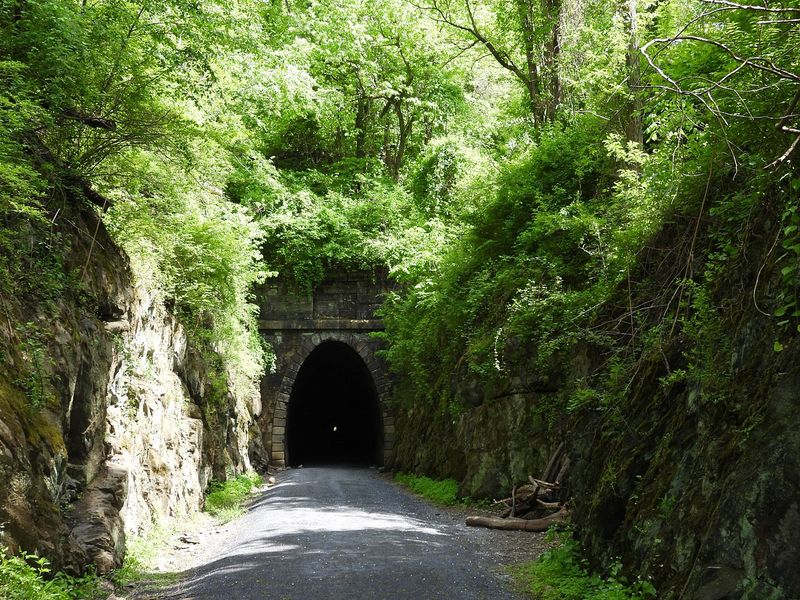
The tunnel attracts history buffs, engineering students, and families looking for an educational outdoor experience. It serves as a tangible connection to 19th-century innovation and the challenges of building America’s railroad network.
Walking through the cool, dark passage offers a sensory experience that brings history to life. The tunnel continues to inspire wonder about what determined people can accomplish.


